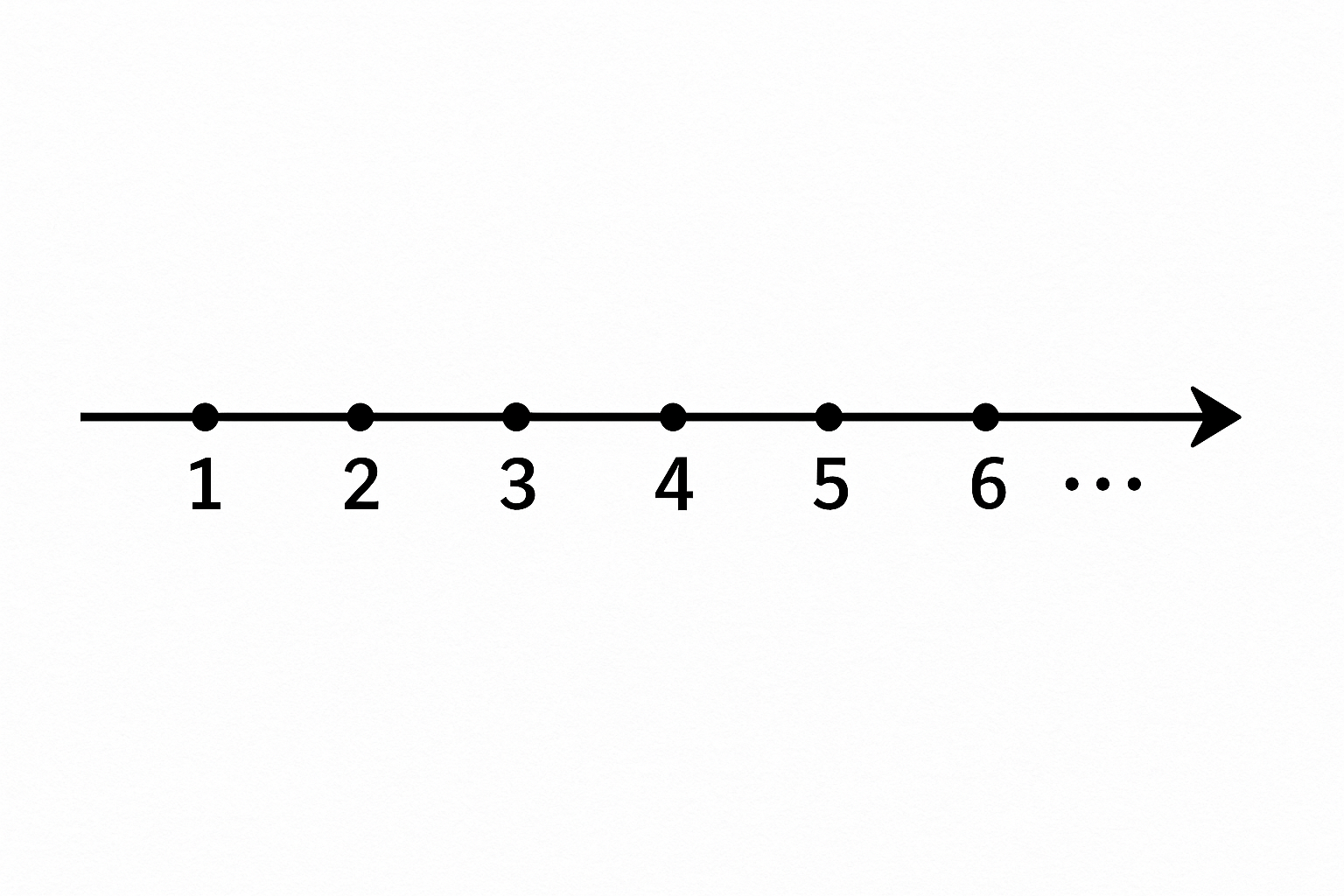Shopping cart
Hello There!
Welcome to GattPrep, your Guide for Life and Learning
Welcome! In this lesson, we are going to explore Natural Numbers — the very first numbers we learn as children: 1, 2, 3, 4, 5, and so on!
We will also study their important properties, which help us understand how numbers work when we add, multiply, or rearrange them.
By the end of this lesson, you will know:
Natural Numbers are the counting numbers starting from 1 and going on forever: 1, 2, 3, 4, 5, 6, …
Note: Natural numbers do not include 0 or negative numbers!
| Property | Meaning | Example |
|---|---|---|
| Commutative Property | Changing the order does not change the result (for addition and multiplication) | 3 + 5 = 5 + 3 = 8 2 × 7 = 7 × 2 = 14 |
| Associative Property | Grouping numbers differently does not change the result (for addition and multiplication) | (2 + 3) + 4 = 2 + (3 + 4) (1 × 2) × 3 = 1 × (2 × 3) |
| Distributive Property | Multiplying a number by a group is the same as multiplying each separately and adding | 2 × (3 + 4) = (2 × 3) + (2 × 4) |
| Identity Property | Adding 0 or multiplying by 1 keeps a number the same | 5 + 0 = 5 6 × 1 = 6 |

Question: Show that 4 + 7 = 7 + 4.
Solution: 4 + 7 = 11 and 7 + 4 = 11. They are equal!
Question: Show that (1 + 2) + 5 = 1 + (2 + 5).
Solution:
Thus, both sides equal 8!
Question: Expand 3 × (5 + 2).
Solution: (3 × 5) + (3 × 2) = 15 + 6 = 21.
Question: What is 12 × 1?
Solution: 12 × 1 = 12.
Use the commutative property to find the missing number: 6 + ___ = ___ + 6.
Use the associative property to complete: (2 + 5) + 7 = 2 + (___ + ___).
Apply the distributive property: 4 × (3 + 2) = ?
What is 9 × 1? What is 15 + 0?
Explain in your own words why 0 is not a natural number but is important for identity property.
Solve and show steps: 5 × (7 + 2) = ?
In this lesson, we discovered that natural numbers start from 1 and go on endlessly.
We studied important properties like commutative, associative, distributive, and identity properties,
and saw how they help us solve problems faster and smarter.
Think about this: Can you find real-life examples where you use the commutative or distributive property without even realizing it?